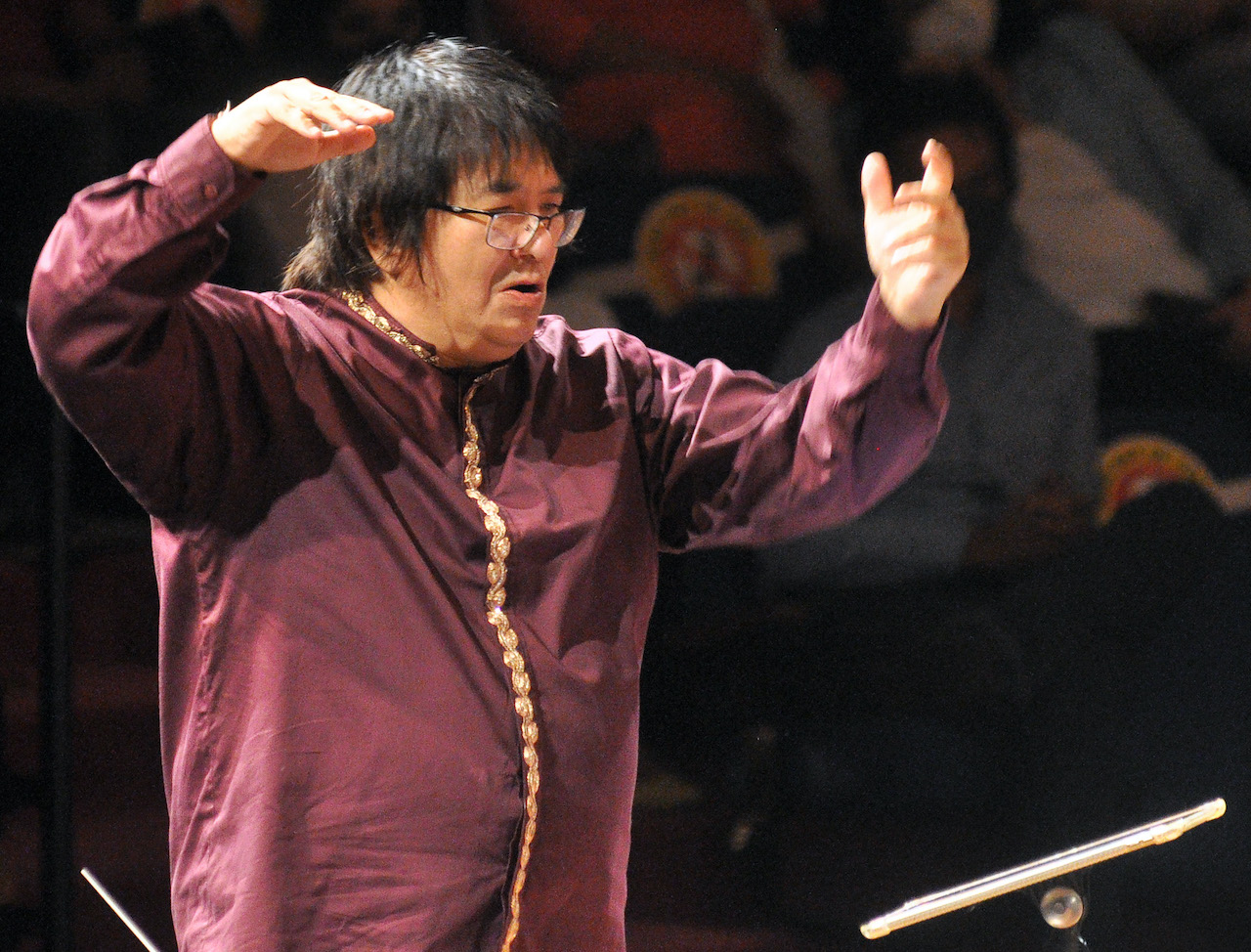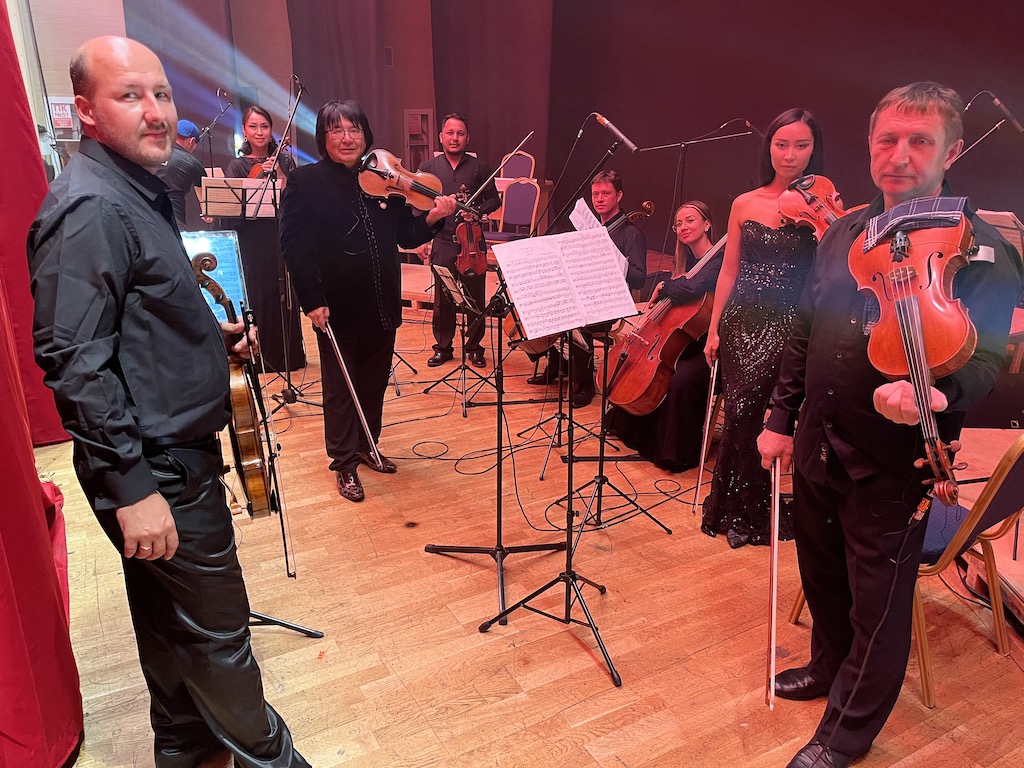The Driving Force

From its inception in 2006 to the grand Autumn 2022 Season and many milestones in between, the Symphony Orchestra of India has had a remarkable journey. We speak to violin virtuoso, SOI co-founder and Music Director Marat Bisengaliev about his vision, the orchestra’s educational initiatives and upcoming concerts.

ON Stage: The SOI is returning with a season after two and a half years. What does it mean to the orchestra?
Marat Bisengaliev: First of all, I am grateful to the NCPA and personally to Mr. Khushroo Suntook for having retained the orchestra all through the lockdown. It is a great sign of loyalty and very encouraging.
The musicians continued to teach virtually and give concerts in a smaller capacity to a limited audience. They also played for recordings in March when the Spring 2022 Season could not take place as envisaged due to the pandemic. These were tough times for artistes the world over. Like many other places, I see a great hunger to perform among the musicians. The Autumn 2022 Season features a wonderful programme and top-class artistes—Benjamin Grosvenor, Pavel Kolesnikov, Alpesh Chauhan— something to look forward to not just for me as Music Director but also for the audience in Mumbai.
OS: In addition to a core group of resident musicians who form the chamber orchestra, musicians from across the world return to perform with the SOI for the seasons. What brings these artistes to the NCPA year after year?
MB: Many of the freelance musicians now know our sound and tradition. The SOI has a loyal following and we are happy to be associated with artistes who give us their time and feel a part of the orchestra.
For a symphony orchestra, the number of players could be anywhere between 70 and 100, and it is still not easy to find as many musicians in India who can perform with the SOI. It is also not commercially viable to have as many salaried musicians. In fact, several English orchestras such as the London Symphony Orchestra and the Royal Philharmonic Orchestra also work with freelance musicians. Ideally, I would like to have a combination of musicians and teachers who reside in and teach across India and return to the SOI to perform for the season.

OS: There has been a welcome development in the other direction too: SOI violinist Prayash Biswakarma recently travelled to Kazakhstan for a concert.
MB: Prayash was greatly appreciated in Kazakhstan. It was an equally rewarding experience for him to perform there as a soloist and chamber musician. He was spotted by me when he was playing at the NCPA with a youth orchestra. He was a self-taught young man who had something about him. It is to [SOI violinists] Olga Lyapina and Gulzara Shakir’s credit that they honed him as a person and musician. Prayash has shown enormous growth and is a valuable part of the SOI. He has vindicated my choice.
OS: The SOI Music Academy turns 10 this year. From the discovery of prodigies to students performing with the SOI Chamber Orchestra, winning international competitions and pursuing higher studies in music abroad, how do you see the academy’s progress towards your vision to ultimately have musicians trained at the academy become part of the SOI?
MB: It is very encouraging to see local talent come to the academy. Ayaan Deshpande, a piano prodigy, deserves a special mention. He is a name to look out for in the future. As far as the quality of graduates is concerned, we are hitting the target. I recently heard our alumnus Yohan Pastala-Gupte’s [who is now studying classical trumpet in Germany] recording and he is so good that I am considering him for our upcoming tours.
The most challenging part in the process of creating homegrown musicians is to have them come back and play with us. The NCPA is creating those conditions to make it attractive for the students to return, which is important. When the Gramophone says classical music moves East, it hits the right notes. There are too many musicians in Europe and the US. India is a burgeoning economic and cultural power. I can only see wonderful opportunities here. It is only a matter of time.
This piece was originally published by the National Centre for the Performing Arts, Mumbai, in the August 2022 issue of ON Stage – their monthly arts magazine.





